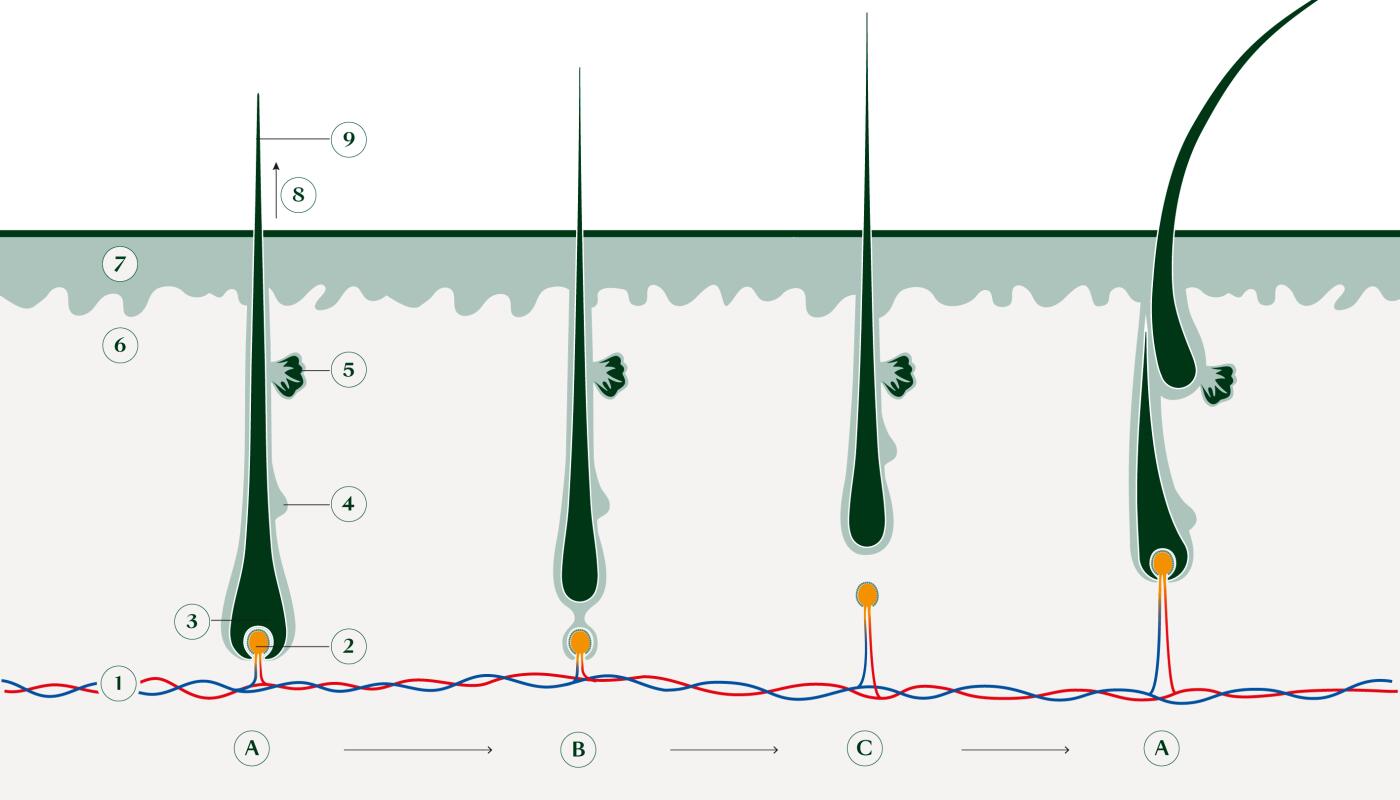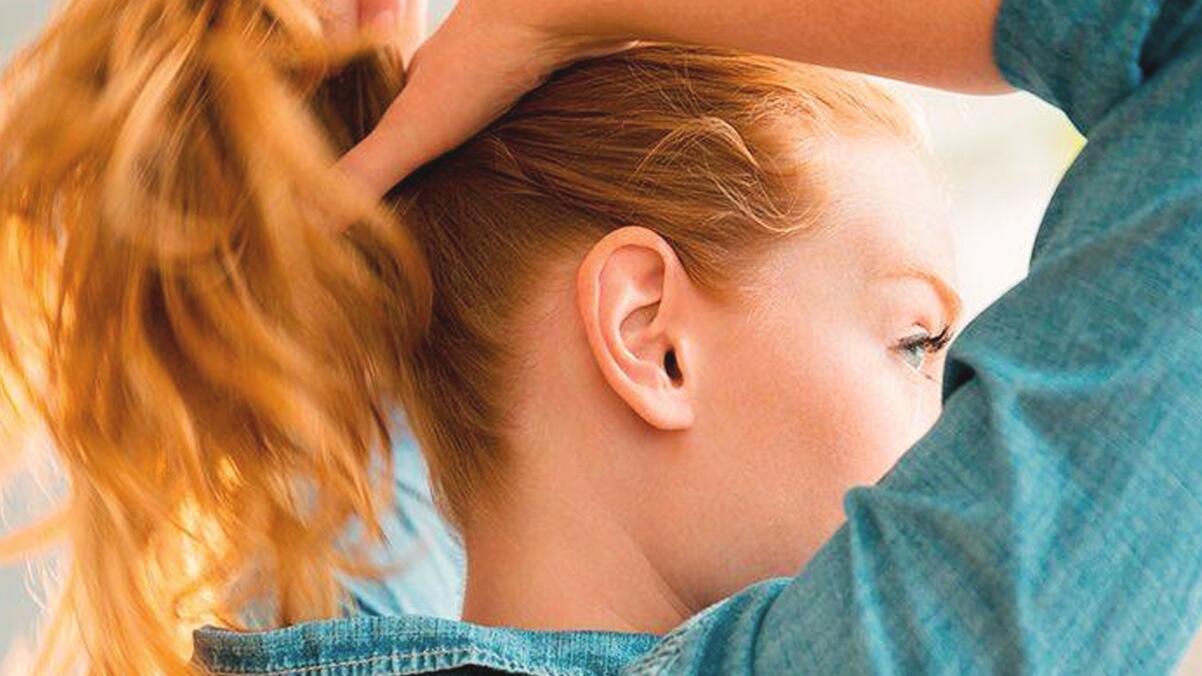
Is it normal to find hair in my brush, on my pillow and on my clothes? When should you be concerned about hair loss, also known as alopecia? When should I consult a professional?
What solutions are available? Which ones to choose?
This advice answers all of your questions related to hair loss, which can be very anxiety-provoking.
Reactive hair loss? Genetic problem? Intense stress? What causes these physiological phenomena?
We often hear the generic expression " lose your hair ". It is used by everyone as a very general term. One could almost conclude that there is only one form of hair loss. However, this is not the case.

It is important to understand that this phenomenon is divided into two distinct categories which have different causes and to which different solutions must, of course, be found: reactive hair loss and progressive hair loss.

phenomenon, also known as androgenetic alopecia, affects both men and women and becomes increasingly common with age. It is characterized by a progressive and localized decrease of the capillary mass. In men, hair loss happens most often at the temples and at the crown of the head. In women, mainly along the central axis of the skull.

Once the diagnosis has been made and the causes analyzed, it is then possible to recommend a tailor-made routine that best suits each person's needs to promote hair regrowth.

There are many reasons: hair that thins as we age, loss of density, hormonal changes, pregnancy, the onset of menopause, high stress, seasonal changes, etc.
Hair is a reflection of our general state and an essential element of the image we give of ourselves.
Hair is indeed an outward sign of good health. We naturally envy people who have strong, shiny hair. They seem so healthy.
Beautiful hair is also an asset of seduction. For women, it is one of the main attributes revealing all their femininity. For men, it is the symbol of strength that comes from the most ancient mythology.
So, when hair loses volume or density, when it falls out in handfuls… all these concerns related to health and self-image surface.

At 20, 30 or 40 years old, there is no ideal age to see your hair start falling out.
It is thought that 34% of women and 45% of men are affected by hair loss.
Progressive hair loss problems are the result of a disturbance in the hair's life cycle.
When our hair is in good general health, it is constantly renewing itself. A hair grows, grows and then falls out, in a hair cycle that repeats itself about 25 times during our life and which takes place in three stages.

Legend A. ANAGEN PHASE
B. CATAGEN PHASE
C. TELOGEN PHASE
1. Blood vessels
2. Follicular papilla
3. Bulb
4. Bulge
5. Sebaceous gland
6. Dermis
7. Epidermis
8. Hair growth
9. Hair shaft
The anagen phase, or growth phase, lasts an average of three years in men and five years in women. Under normal conditions, about 85% of hair is generally in the anagen phase. During this phase, the scalp's vascular network that feeds the hair root is particularly well developed around the follicle.
Then comes the catagen phase, or regression phase, which is quite short (only two to three weeks). At this point, the hair follicle becomes inactive. The matrix dies and, although the hair no longer grows, it remains rooted in the follicle.
The telogen phase is the resting phase. The hair that falls out is replaced by other hair, for which a new anagen phase begins. This renewal period lasts approximately 3 months.
The hair follicles, although they each follow the same life cycle, are independent of each other. This is why the hair does not fall out all at once.

Knowing what we know about hair loss, it is normal to lose between 40 and 80 hairs per day.
However, it is considered that when this number passes the 100 mark, it is time to worry about this hair loss, which then becomes abnormal.
When all goes well, hair capital ensures a beautiful head of hair until at least 75 years of age (25 cycles of three years) for men and 125 years of age for women.
But if the length of the hair cycle decreases from three years to two years, then to one year and then to six months… alopecia sets in and, without external action to slow it down, it becomes irreversible. What is the life of a hair?

To be able to react effectively at the first signs of hair loss, here is the process to follow:
